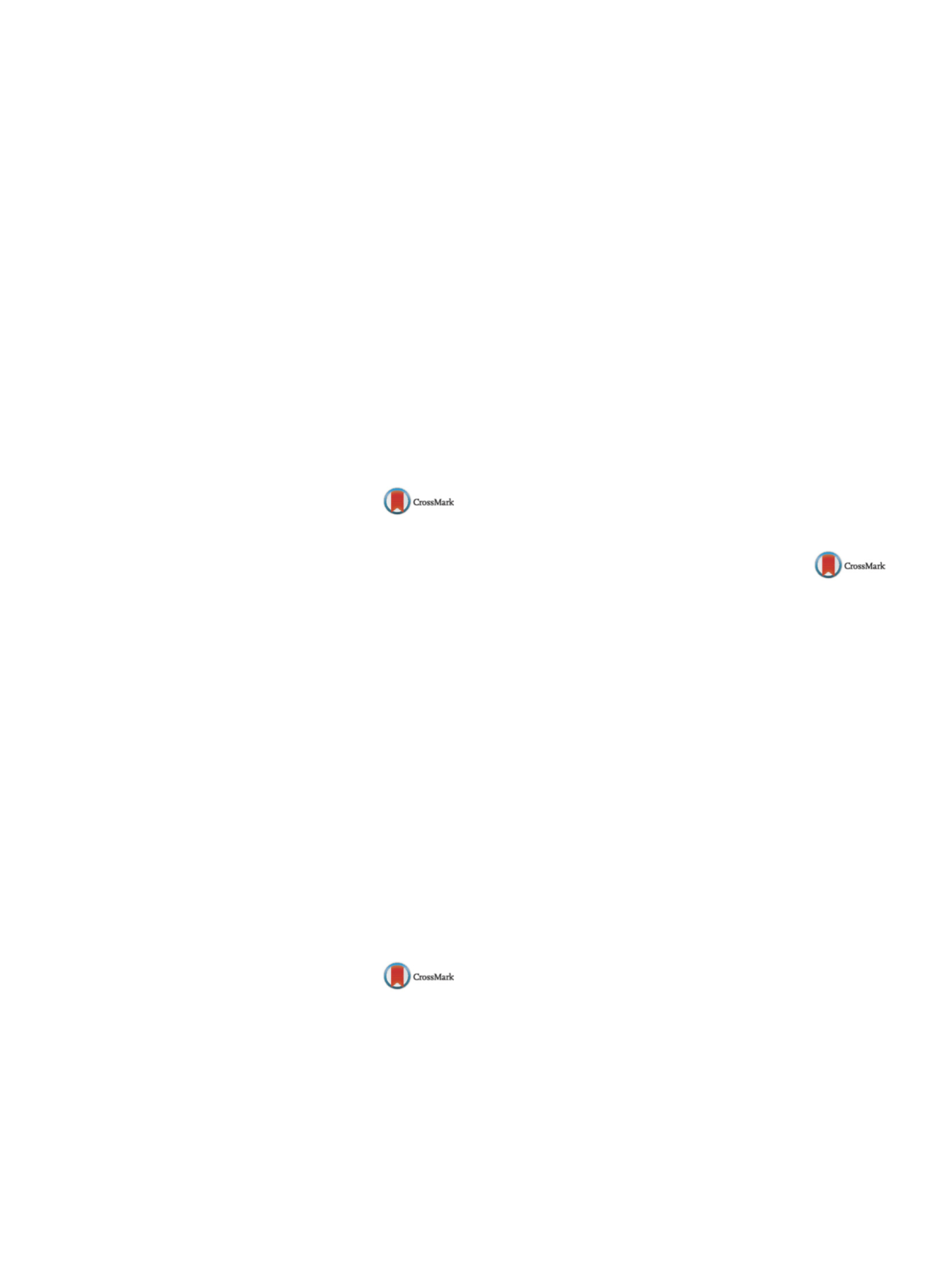

S738
25th European Congress of Psychiatry / European Psychiatry 41S (2017) S710–S771
– the program started in January 2013, with 10 sessions in the
community, and groups sessions.
Results
– fifty patients included between a total of 300–initial
target 16%;
– the initial target considered was at least 60–75% of participation
rate—being the result of 80–95%;
– physical assessment detected 10% of metabolic syndrome being
the patients referred to primary medical care to the adequate man-
agement.
Program:
– twenty group sessions scheduled being performed 19: 95%;
– ten active sessions in community scheduled being performed 9:
90%–one sessions (beach trip) was cancelled due to budget prob-
lem;
– patients level of satisfaction: under assessment;
– broadcasting: 2 press articles, scientific communications, and
shared the experience through FAISEM to all the Andalusia Areas.
– research: expecting spreading the experience and improve the
results.
Disclosure of interest
The authors have not supplied their decla-
ration of competing interest.
http://dx.doi.org/10.1016/j.eurpsy.2017.01.1355EV1026
Bridging the gap between clinical
practice and research: The association
for research in psychiatry
G. Mattei
∗
, S. Bursi , R. Bursi , A. Colantoni
Association for Research in Psychiatry (ARPSY), Castelnuovo
Rangone, Modena, Italy
∗
Corresponding author.
Clinical practice and research are frequently seen as two worlds
apart, in psychiatry as in the vast majority of medical specialties.
In order to bridge the gap between them, economic founds and
grants are required, not always easy to obtain. In this contribution
we report the birth of the Association for Research in Psychia-
try (ARPSY) and its main activities. ARPSY was born in May 2016
thanks to a research prize assigned to dr. GiorgioMattei by the eight
Rotary Clubs of the Province of Modena, Italy (Rotary Club Modena,
Mirandola, Carpi, Sassuolo, Vignola Castelfranco Bazzano, Frignano,
Modena L.A. Muratori, Castelvetro di Modena Terra dei Rangoni,
that altogether make up the so-called “Ghirlandina Group”). Aim
of the association is to promote mental health among students and
trainees, mental health professionals, patients and their families,
and among the general population by means of fund raising, in
order to finance research projects, clinical interventions and edu-
cational activities.
Disclosure of interest
The authors have not supplied their decla-
ration of competing interest.
http://dx.doi.org/10.1016/j.eurpsy.2017.01.1356EV1027
The impact of animal-assisted therapy
in the context of pediatric oncology:
Results of an experimental study
F.L. Osório
1 ,∗
, N .B. Silva
21
Medical School of Ribeirão Preto, São Paulo University,
Neuroscience and Behaviour, Ribeirão Preto, Brazil
2
Pio XII Fundation, Barretos Cancer Hospital, Oncology
Post-graduation, Barretos, Brazil
∗
Corresponding author.
Introduction
The use of animals as a therapeutic resource has
increased over the past years, especially for patients suffering
from chronic conditions associated with high levels of distress, and
animal-assisted therapy (AAT) stands out in this scenario.
Objective
To assess the impact of an AAT program for children
outpatients in oncological treatment according to psychological,
physiological, and quality of life indicators.
Methods
Children aged 6–12 years attended an AAT program
(weekly open group with a duration of three meetings). The activ-
ities followed a pre-established script and children were assessed
before and after the intervention with instruments that measure
stress, pain, mood, and quality of life, in addition to heart rate and
blood pressure records. Two trained therapy dogs were used and
the program followed the “Guidelines for animal assisted interven-
tions in health care facilities”.
Results
Ten children completed the intervention (70% females,
50% with Ewing’s sarcoma/neuroblastoma). There was a significant
reduction in anxiety and depression indicators after the interven-
tion (effect size = -0.73 e – 1.27) and a tendency to stress reduction.
Conclusion
Despite the small sample size, the partial analyses
already provided favorable results regarding the use of AAT in
the oncological context. We highlight the total absence of adverse
events during the intervention, which speaks in favor of its safety.
The expansion of the sample will probably strengthen the results
found so far, suggesting that the technique can be an important
ally in the management of emotional conditions associated with
oncological treatment in childhood.
Disclosure of interest
The authors have not supplied their decla-
ration of competing interest.
http://dx.doi.org/10.1016/j.eurpsy.2017.01.1357EV1028
Concerted action by multidisciplinary
stakeholders: The development phase
of a complex public health
intervention in regards to adolescent
self-harm
R. Parker
School of Social Sciences, Cardiff University, Centre for the
Development and Evaluation of Complex Interventions for Public
Health Improvement, Cardiff, United Kingdom
Self-harm has a strong prevalence within adolescent populations
in Europe, and a potent relationship with suicide. In the UK, ado-
lescent self-harm hospital admissions are rising each year. These
statistics reflect the “tip of the iceberg”, with the majority of inci-
dents hidden from public health networks. This invisibility creates
barriers to: epidemiological information; the planning and eval-
uation of evidence-based support; health management within the
complexity of adolescent self-harming behaviours to ensure recov-
ery and healthy adolescent trajectories. It is also a serious health
risk for this population group, and accidental death from self-harm
is one of the common causes of injury-related adolescent death.
Within the aforementioned context, this paper describes a UK
county-wide complex public health intervention (2013 to 2015)
in regards to adolescent self-harm, with concerted action by key
stakeholders in health, child welfare, education and social science
due to concerns about the increasing self-harm rate within the ado-
lescent population group. As self-harm is a complex behaviour, and
the evidence-base for effective interventions is sparse, the develop-
ment of protective factors within education, health and social care
environments were targeted. A synergy of theoretical models from
neuroscience and social science informed the intervention’s logic
model. The intervention’s development phase utilised the Medical
Research Council’s guidance on complex interventions to improve
public health, which this paper will exposit.
Disclosure of interest
The author has not supplied his/her decla-
ration of competing interest.
http://dx.doi.org/10.1016/j.eurpsy.2017.01.1358

















